Project-Based Learning at HTH
These projects are examples of the work that is done at all of the High Tech High Schools. It is our record of what we have done and how to get there. Teachers can utilize this to display what they have done with their students, and get ideas from others teachers. Students can show their parents and friends the work that they have done, and the community can see how project based learning enables students to do and learn. Please enjoy the projects and videos.
Browse Projects
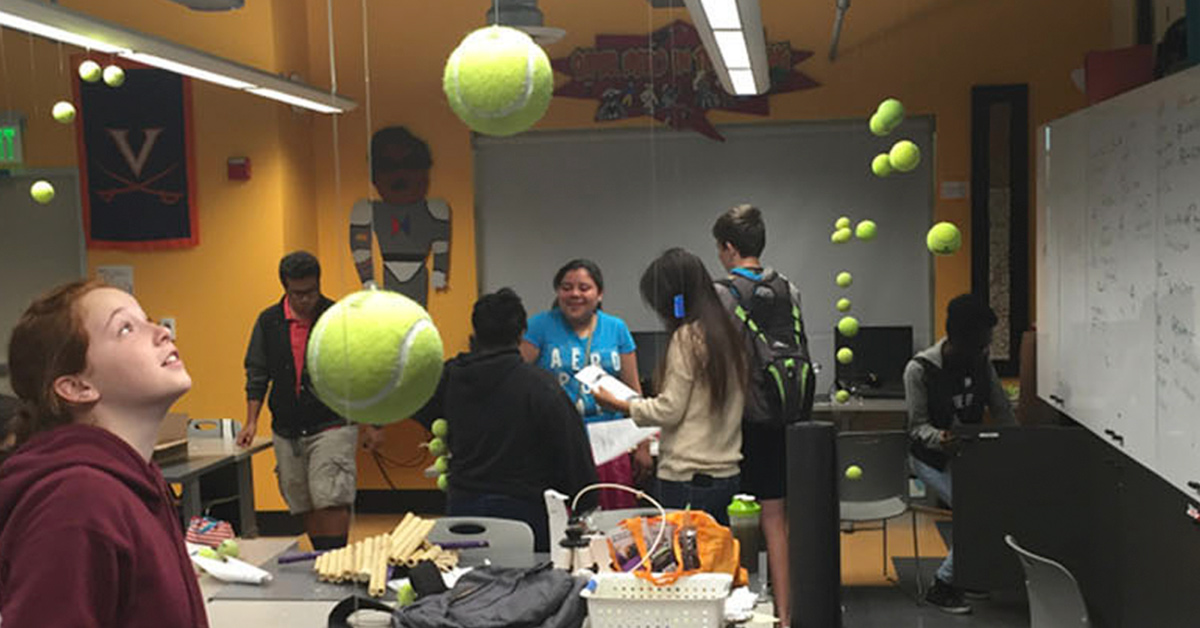
Students created an art and music exhibition which explained the math concepts behind the trajectory of objects.
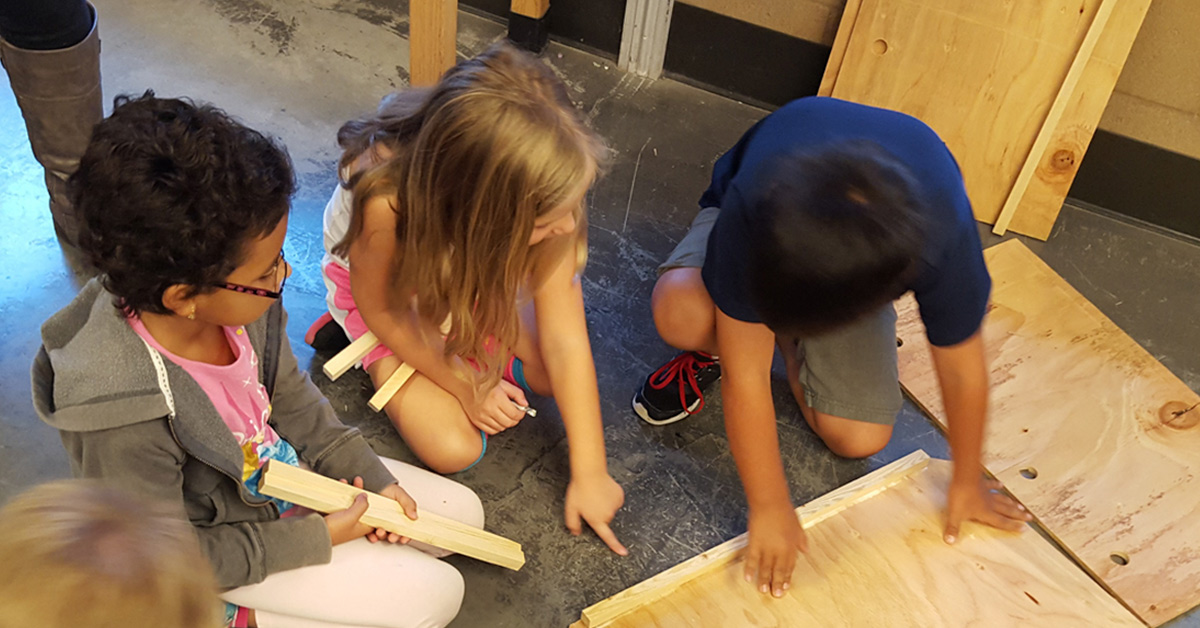
Students created owl boxes for predatory birds to live in near a new building on the HTHCV campus, to learn about the local environment and help deal with the school’s rodent problem.
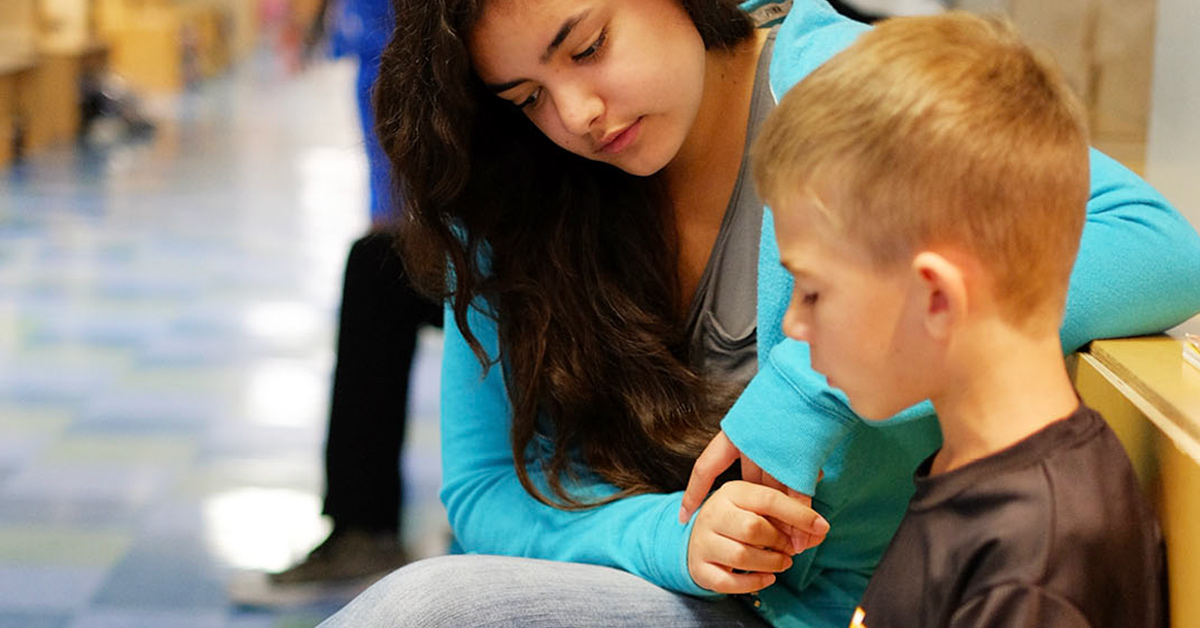
In Reading Buddies: the Children’s Literature Project, 11th graders were each partnered with an elementary student as a “reading buddy” to help them grow as a reader and write their own stories.
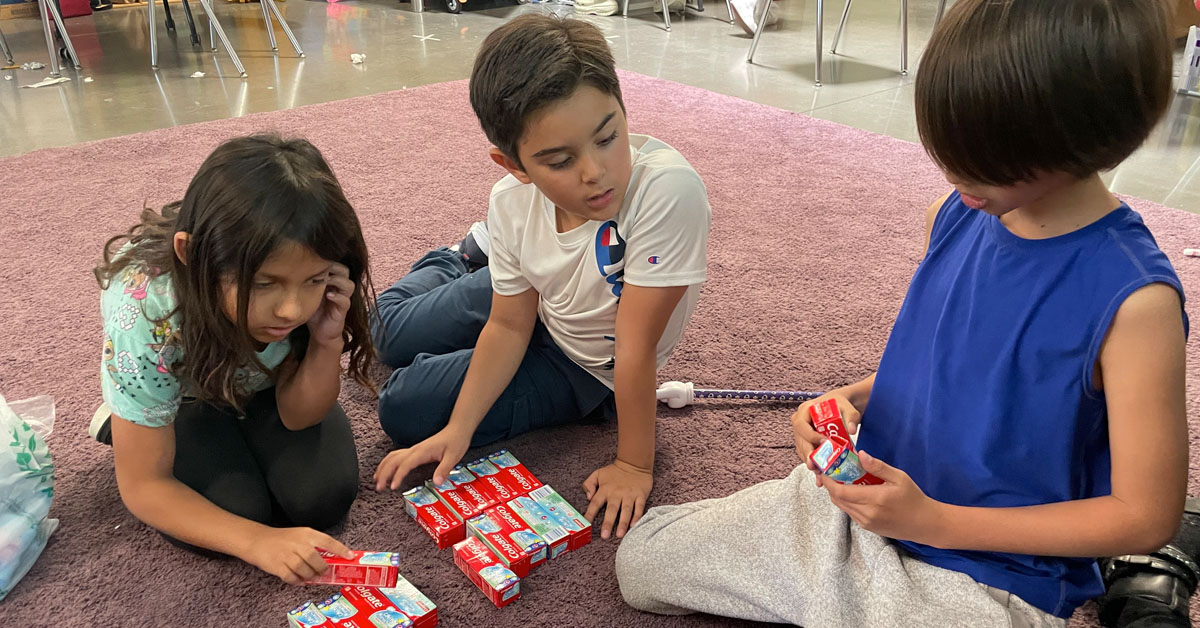
Rise Up! A Changemaker Project built upon The Roots to Rise fall project when students explored the power of their own roots and stories, and a change they hope to create in their future.
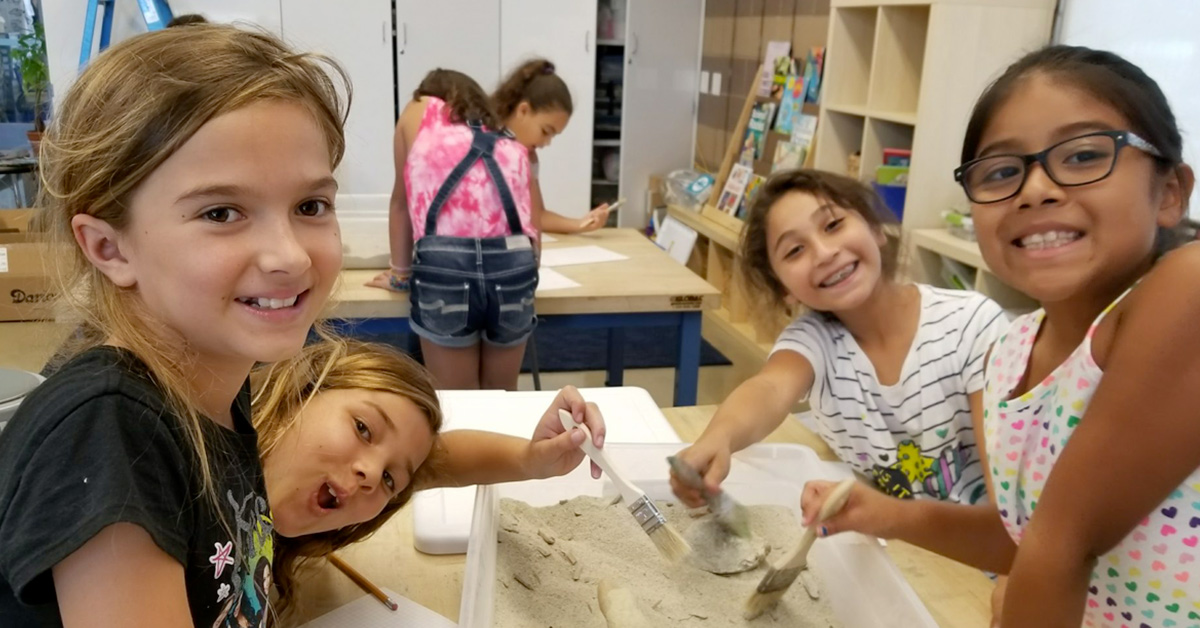
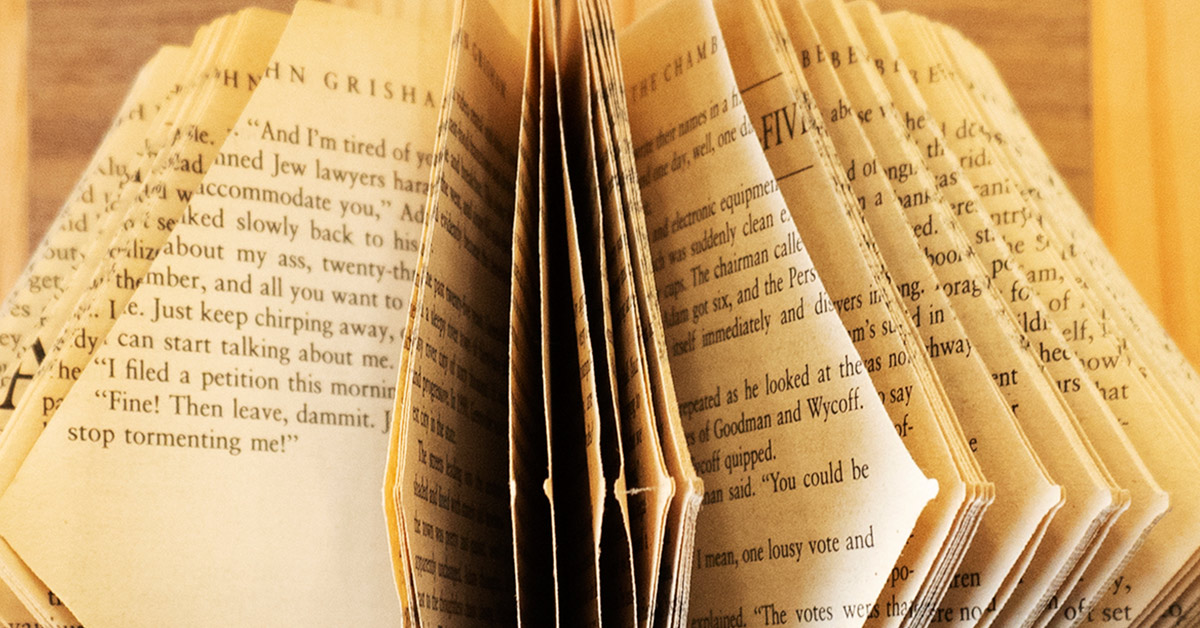
Students learned about rotational volumes by cutting shapes into books and rotating the pages around the axis of the book spine to create a three dimensional shape.
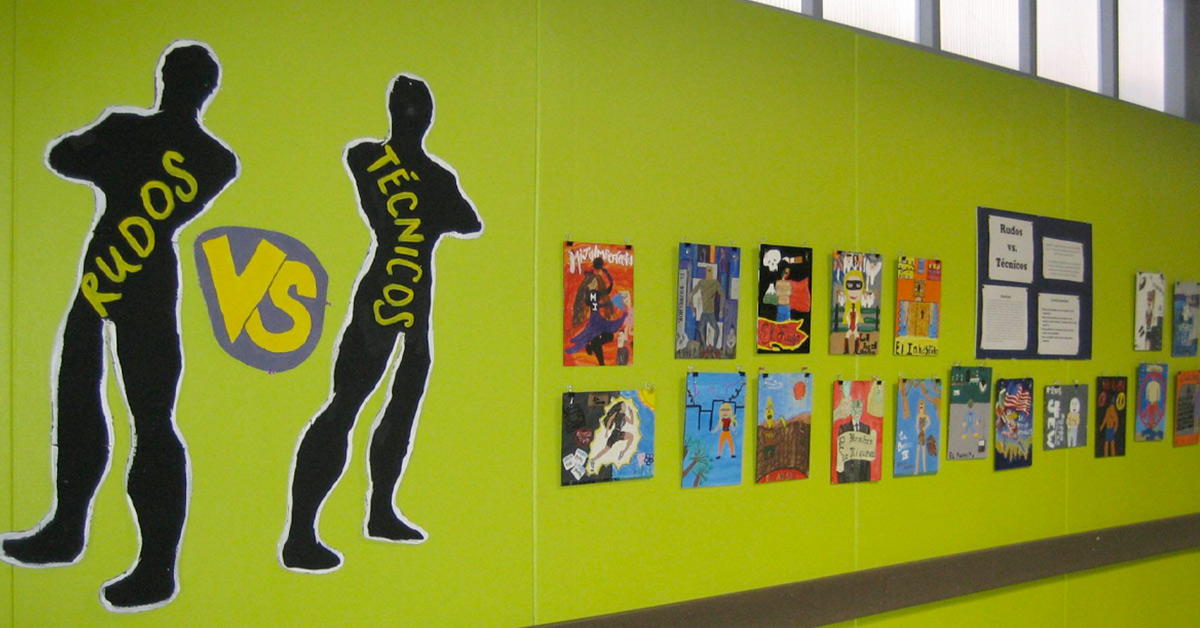
We will use the lucha libre metaphor to find ways of tackling social problems that are prevalent both in Latin America and in our own community.
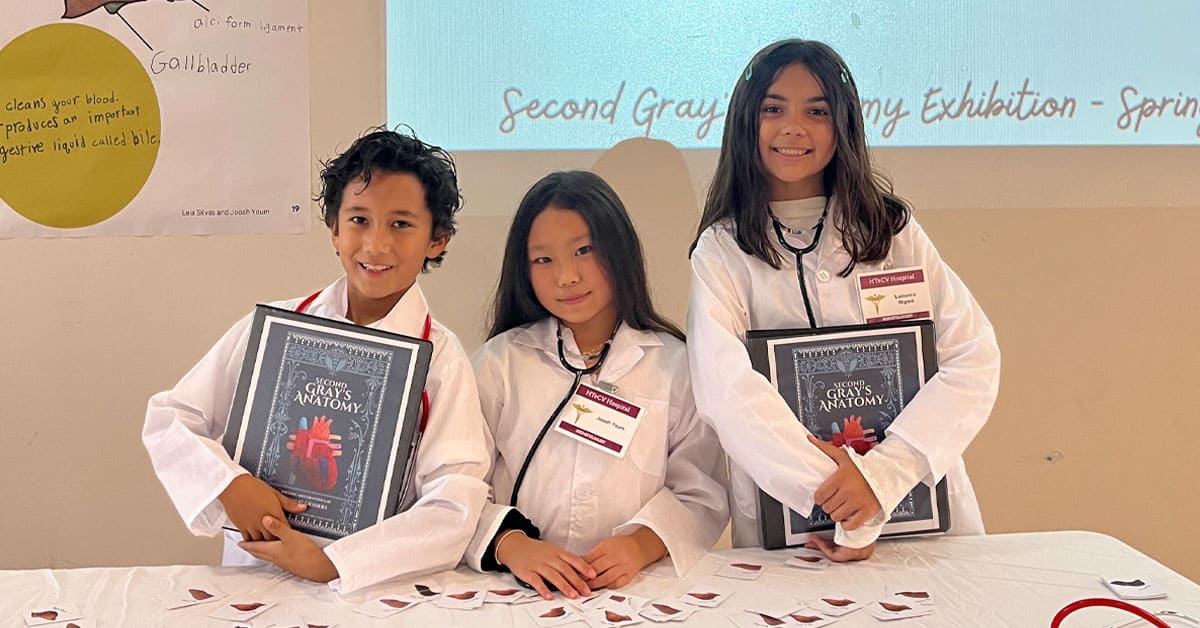
We may look different, but underneath we are all the same. No matter what you look like, humans are a family.
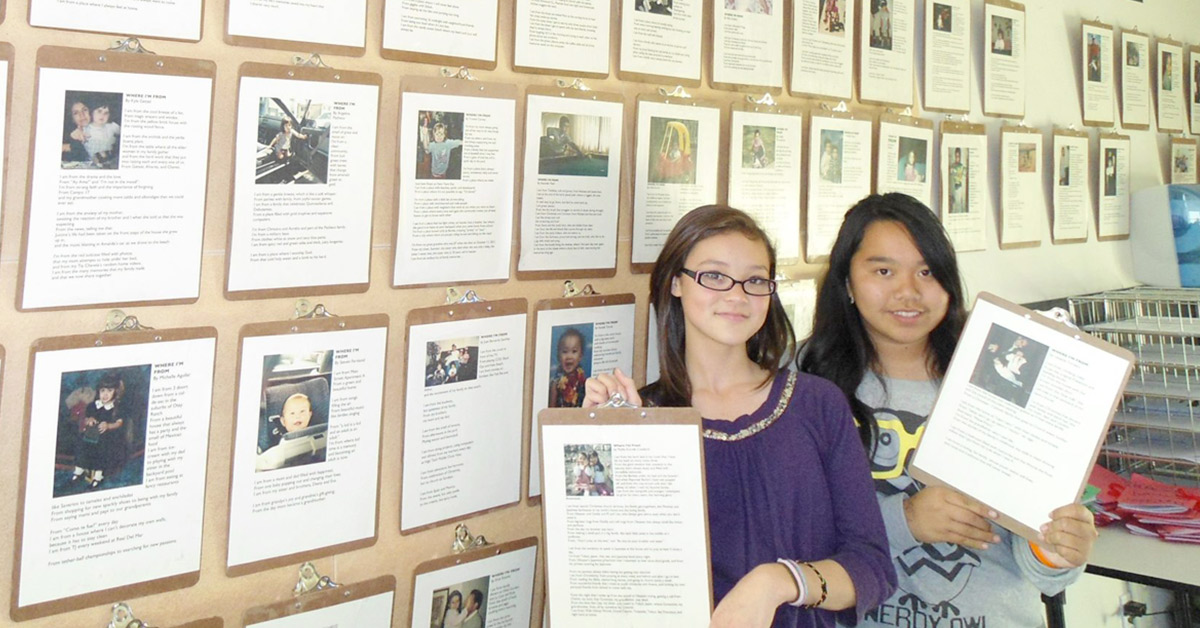
Students planted positive seeds of school culture, both literally in the garden and figuratively in the hallways of our new shared school building.
Browse Projects
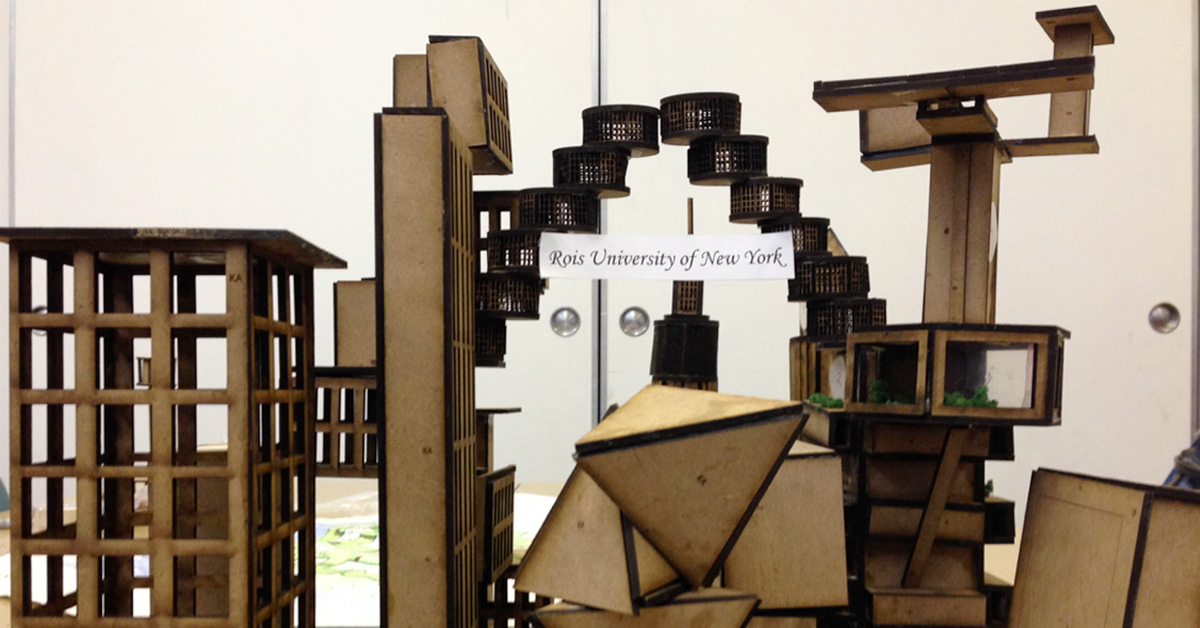
Students learned about current trends in education and created their dream universities of the future.
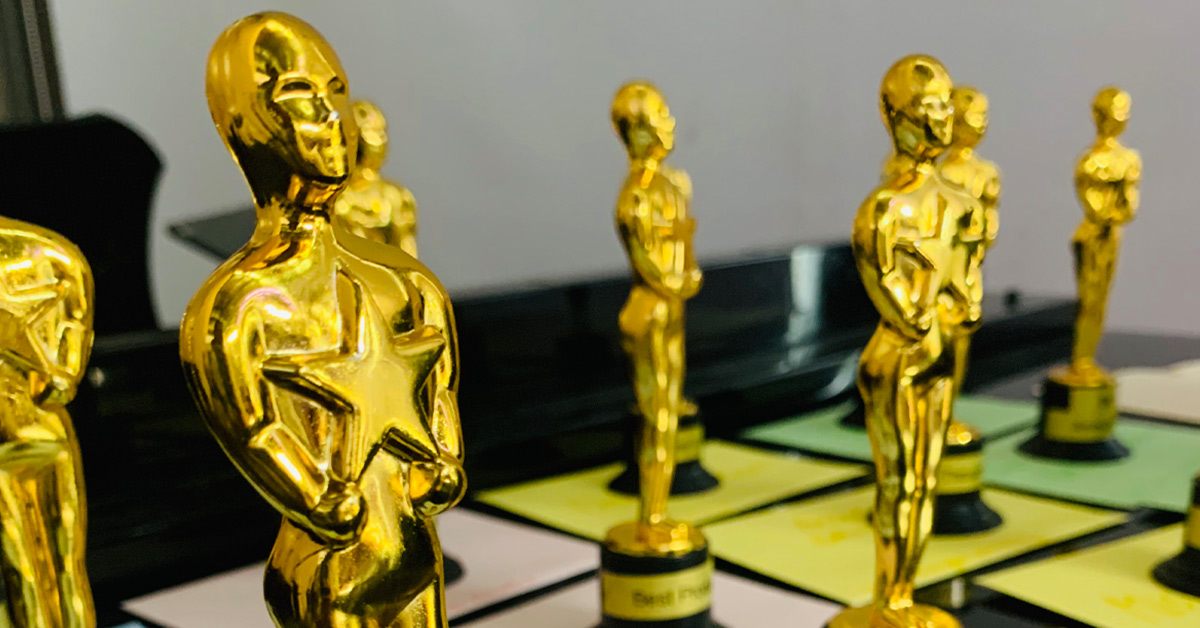
What small scale systems are related to larger scale systems? In language and culture? In science?
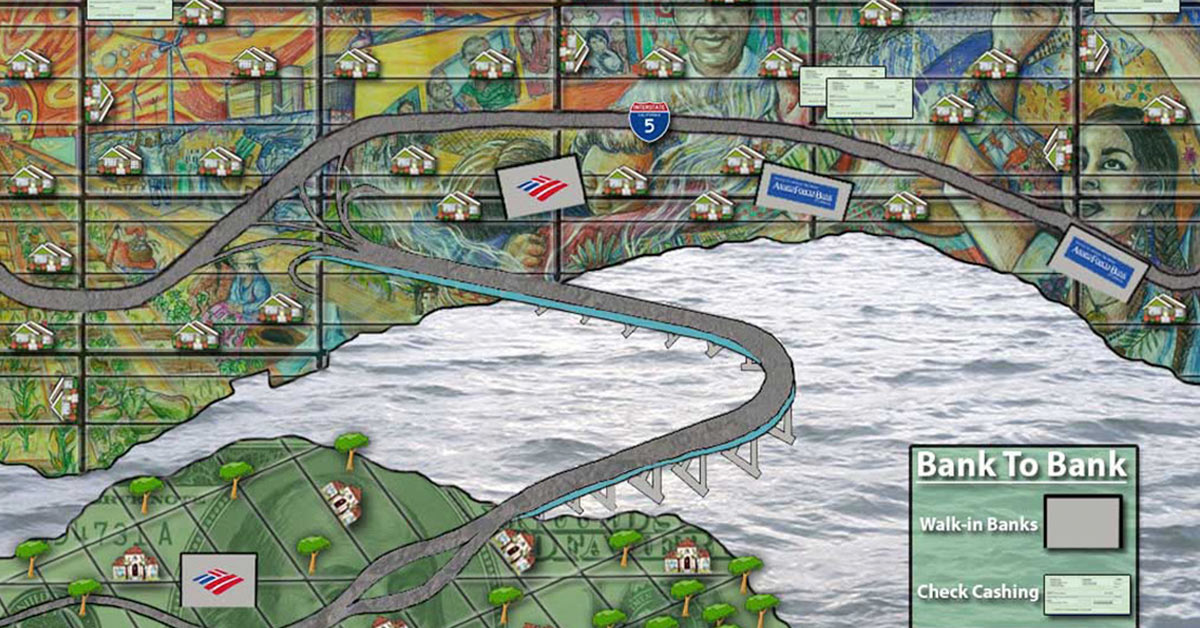
Teachers devised a project to stimulate students to think critically about their communities. They created conceptual maps of the city to communicate a message they cared about.
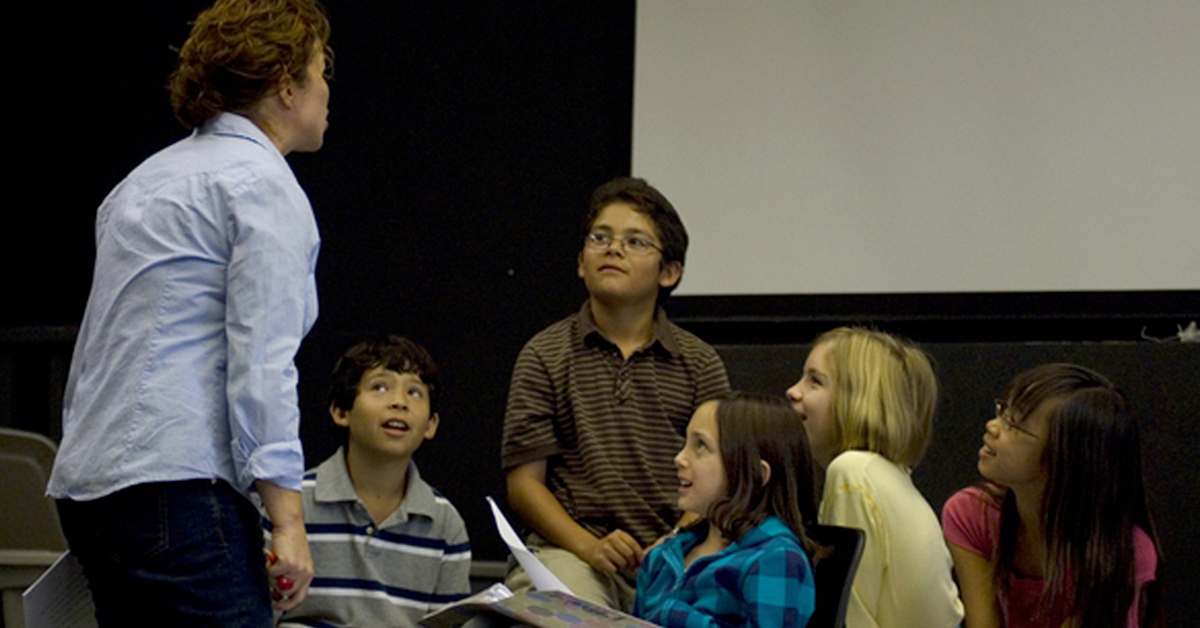
Students will study the process of developing plot and enhance their understanding of story structure and elements by writing plays in cooperative groups.
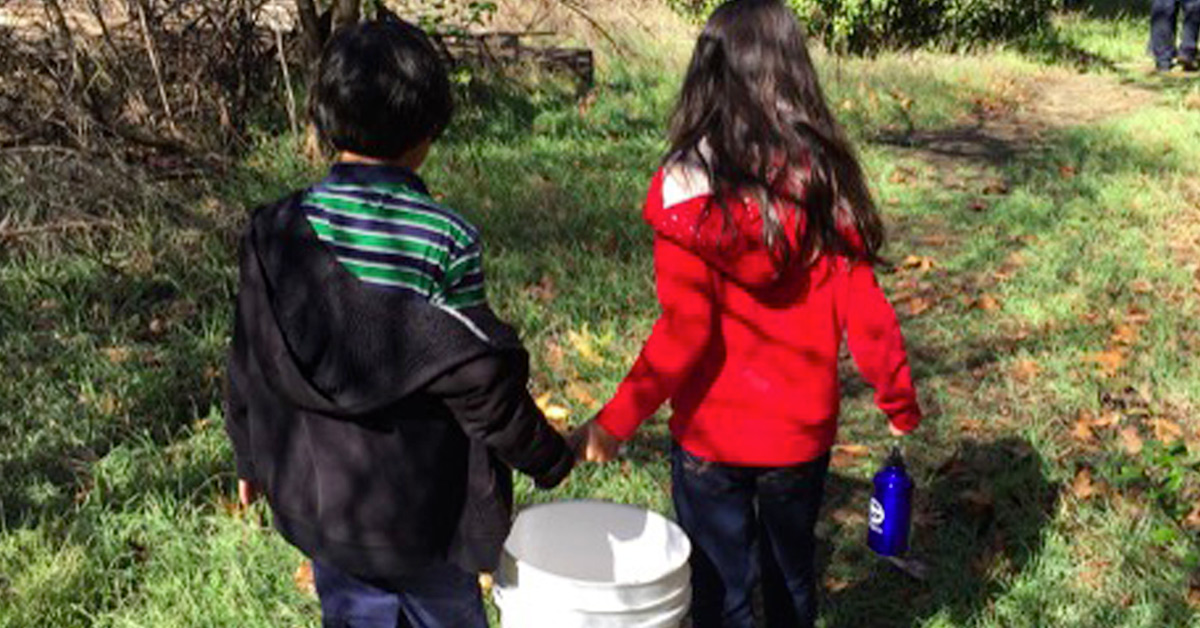
How can we protect the wildlife in the Otay River Watershed?
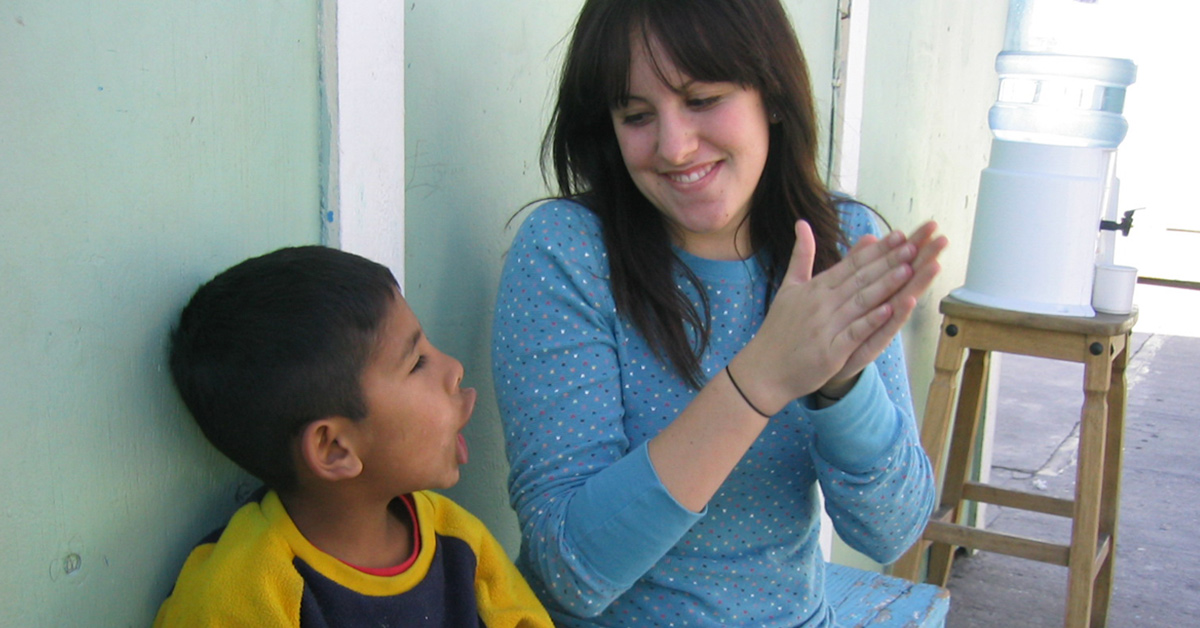
How are things different when you cross the U.S.-Mexico border and why?
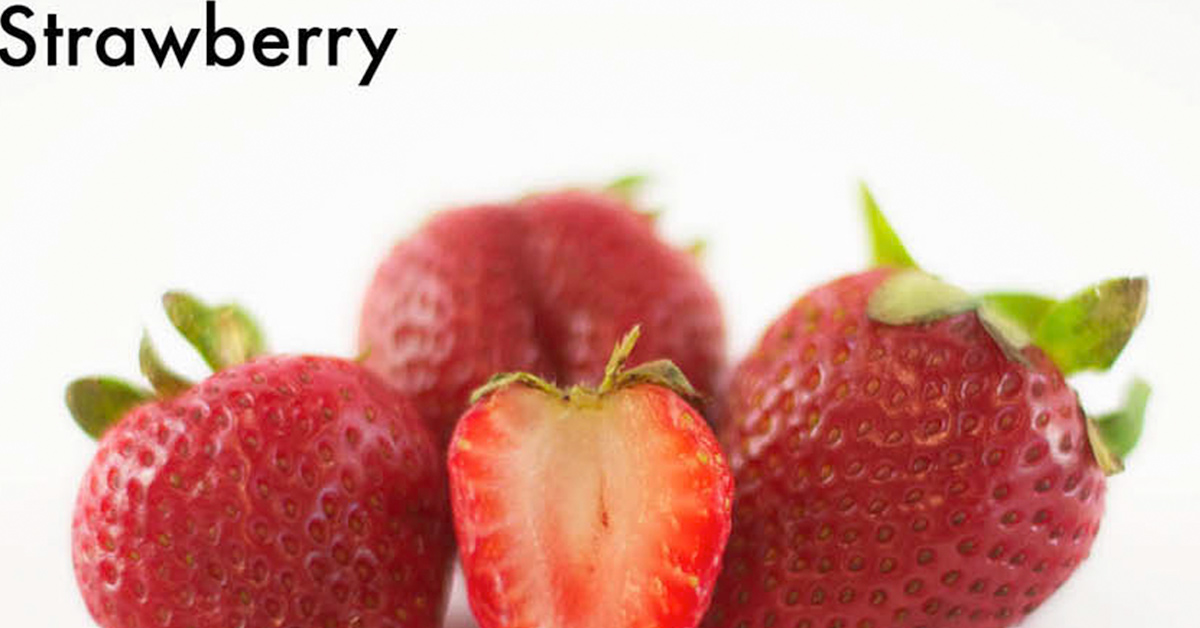
In this project, students chose a “food philosophy” and kept a journal of all they ate for the eight weeks of their study. They interviewed family members about favorite recipes and their history, tried them out, and wrote a cookbook containing the best of them.

Students created an art and music exhibition which explained the math concepts behind the trajectory of objects.
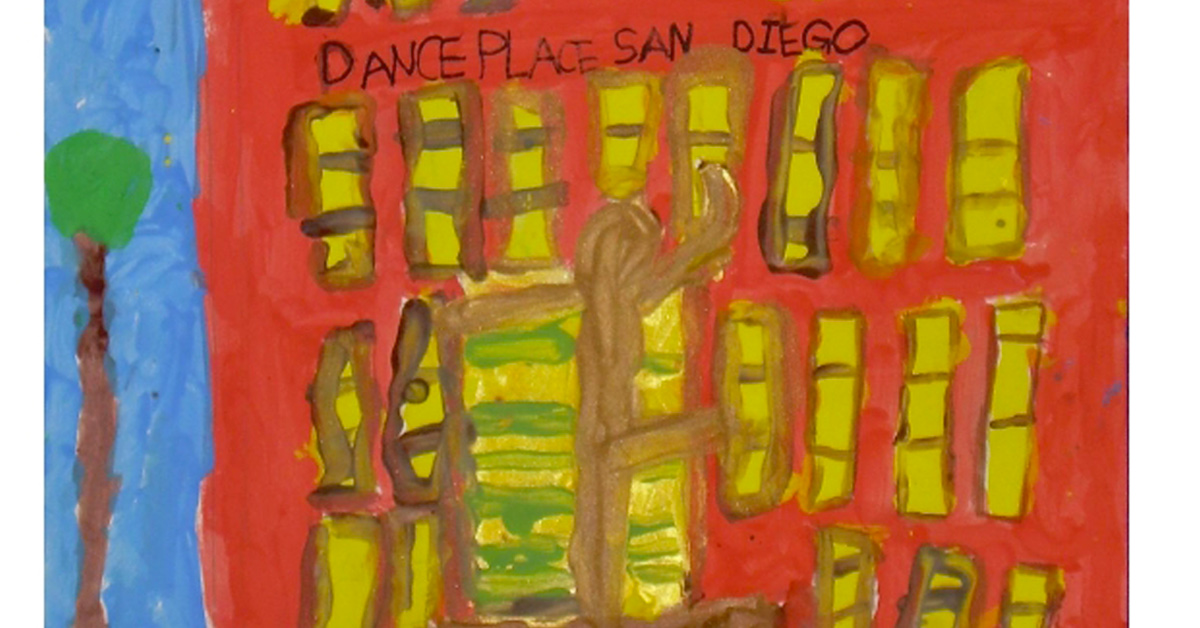
In 1st Grade Community Magazine, questions like “What makes up a community?” and “What is in the immediate community of our school?” are explored.